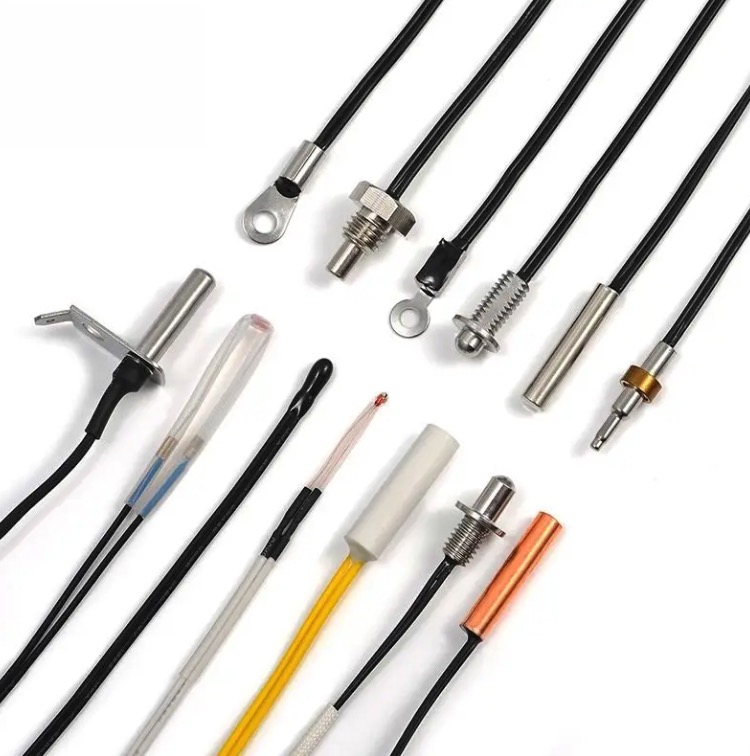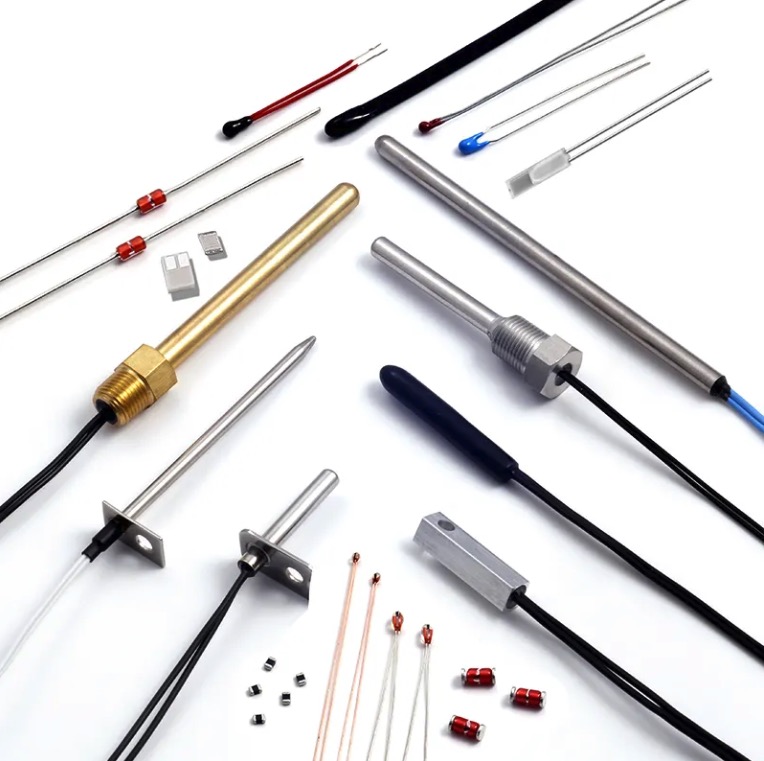When it comes to temperature measurement in industrial settings, PT100 sensors are renowned for their accuracy, stability, and wide temperature range. However, in high-vibration environments—such as manufacturing plants, automotive testing, or heavy machinery—these sensors can face significant challenges that lead to premature failure or measurement inaccuracies.
In this guide, we’ll explore the common causes of PT100 sensor failures in high-vibration environments and provide actionable solutions to ensure reliable performance and longevity. Whether you’re an engineer, a procurement manager, or a system integrator, this guide will help you optimize your temperature measurement systems.
Why PT100 Sensors Fail in High-Vibration Environments
1. Wire Breakage Due to Mechanical Stress
- Problem: Constant vibration can cause the thin platinum wire inside the PT100 sensor to break, leading to signal loss or inaccurate readings.
- Solution: Use vibration-resistant PT100 sensors with reinforced internal wiring or flexible lead wires.
2. Sensor Drift from Loose Connections
- Problem: Vibration can loosen electrical connections, causing signal drift or intermittent failures.
- Solution: Opt for sensors with screw-terminal connections or welded joints for enhanced durability.
3. Damage to the Protective Sheath
- Problem: The outer sheath of the sensor can crack or deform under continuous vibration, exposing the internal components to moisture, dust, or chemicals.
- Solution: Choose sensors with stainless steel sheaths or ceramic coatings for superior protection.
How to Choose the Right PT100 Sensor for High-Vibration Applications
1. Look for Vibration-Resistant Designs
- Key Features:
- Example: The PT100-VR Series from Starlight Sensors is specifically designed for high-vibration environments, offering 10x longer lifespan compared to standard sensors.
2. Prioritize Robust Construction
- Key Features:
- Example: Our PT100-HT Series is ideal for applications like engine testing or industrial furnaces, where both vibration and extreme temperatures are present.
3. Ensure Proper Installation
- Tips:
- Use vibration-dampening mounts to reduce stress on the sensor.
- Avoid bending the sensor lead wires at sharp angles.
- Regularly inspect and tighten connections.
Real-World Applications of Vibration-Resistant PT100 Sensors

Frequently Asked Questions (FAQs)
1. What is the temperature range of a PT100 sensor?
- Standard PT100 sensors can measure temperatures from -200°C to 600°C, while specialized models can handle up to 850°C.
2. How do I calibrate a PT100 sensor?
- Use a dry-block calibrator or an ice bath for low-temperature calibration. For high-temperature calibration, follow IEC 60751 standards.
3. Can I use a PT100 sensor in explosive environments?
- Yes, but ensure the sensor is ATEX or IECEx certified for use in hazardous areas.
Why Choose Starlight Sensors?
At Starlight Sensors, we specialize in high-performance temperature sensors for demanding industrial applications. Our PT100-VR and PT100-HT Series are trusted by engineers worldwide for their reliability, accuracy, and durability.
📞 Contact us today to discuss your requirements or request a free sample





